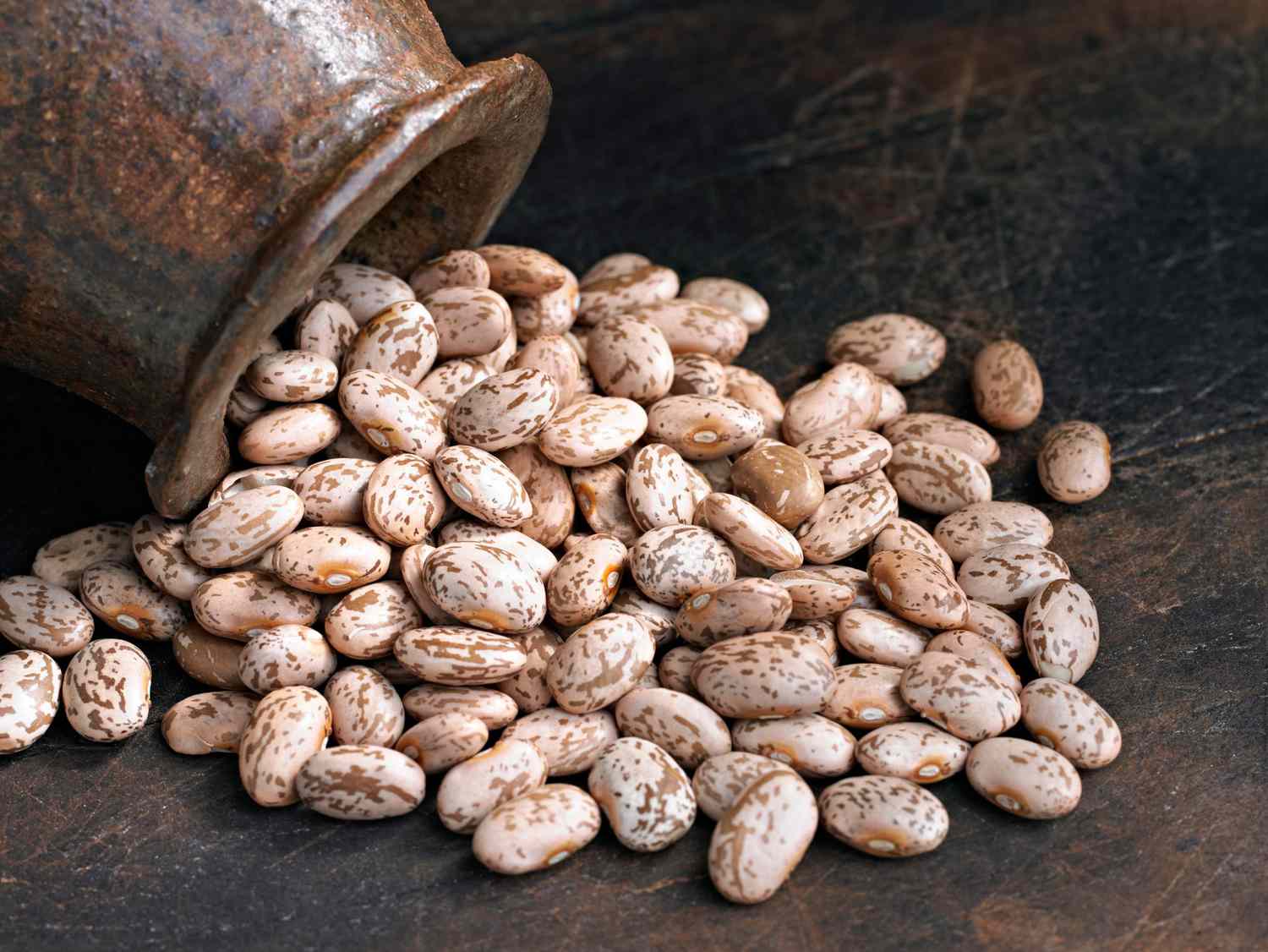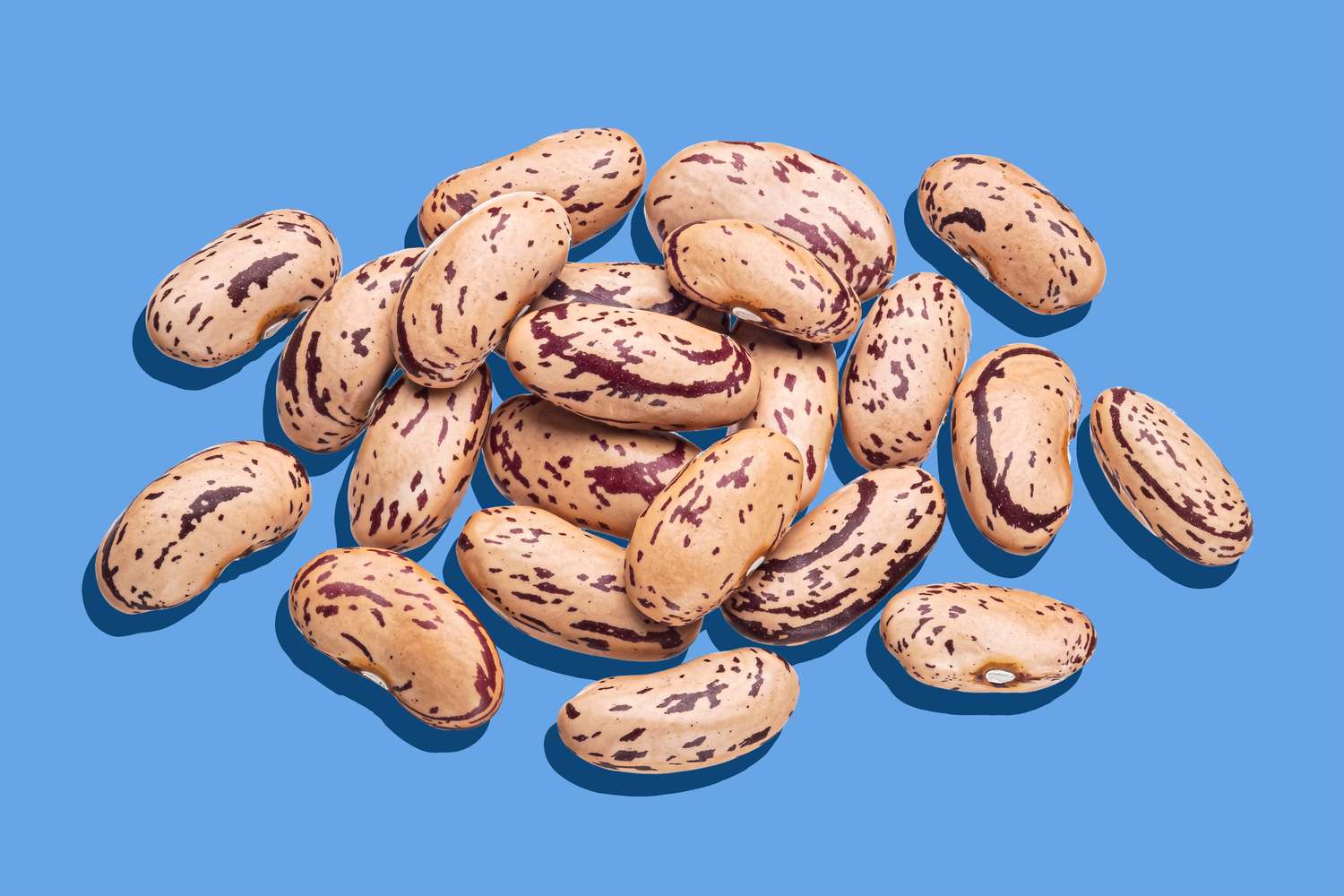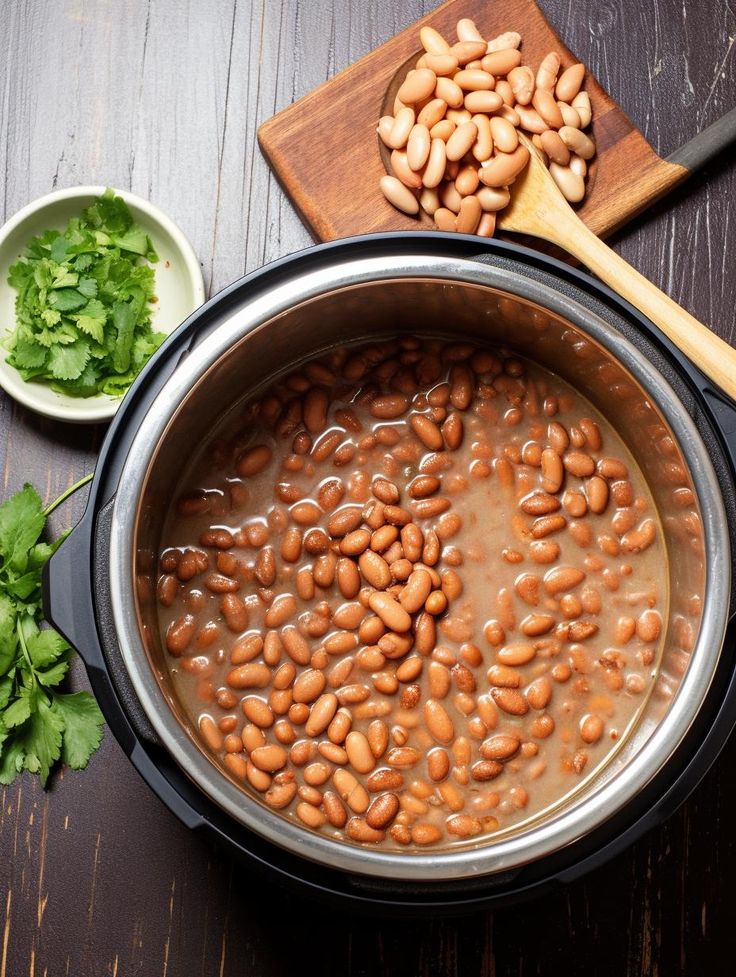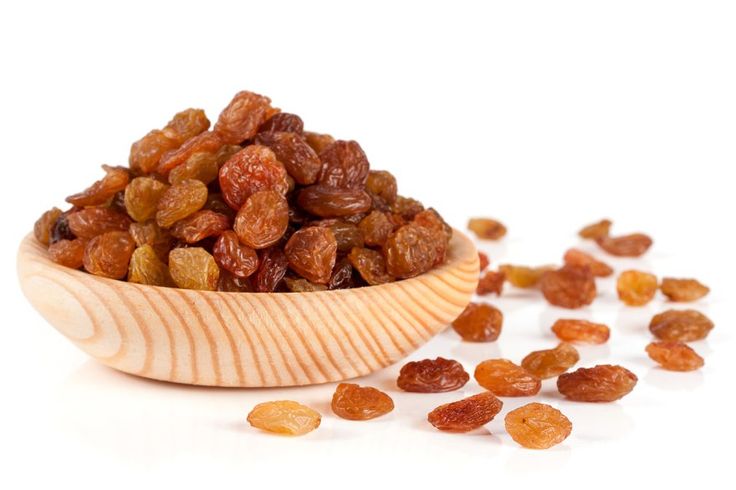Categories
The latest content
-

Customs Clearance & Import Regulations for Bulk Iranian Pinto Beans in EU, Middle East & Africa
..
-

Quality Control & Laboratory Testing Standards for Iranian Pinto Beans
..
-

Logistics & Shipping Solutions for Bulk Iranian Pinto Bean Exports
..
-

Minimum Order Quantity (MOQ) & Bulk Pricing for Iranian Pinto Bean Buyers
..

Tags
Global Market Trends & Demand Forecast for Iranian Raisins

The global raisin market has experienced steady growth over the past decade, driven by rising consumer interest in natural sweeteners, healthy snacks, and plant-based diets. As one of the largest producers and exporters, Iran plays a key role in meeting global demand for raisins, offering premium varieties such as Golden, Sultana, Kashmari, Malayer, and Black raisins.
This article explores the global market trends, consumption patterns, pricing factors, and demand forecasts that importers and distributors should understand when sourcing Iranian raisins.
1. Global Raisin Market Overview
• Market Size: The global raisin market is valued at over USD 3 billion annually and continues to grow at a CAGR of 4–5%.
• Top Producers: Iran, Turkey, the USA, and China dominate raisin production.
• Key Importing Regions: The EU, Middle East, Africa, and Asia-Pacific are the largest consumers of Iranian raisins.
Iran’s competitive edge lies in its diverse climate, high-quality production, and cost-efficient bulk exports, making it a preferred supplier worldwide.
2. Consumer Trends Driving Raisin Demand
Several global consumer trends are boosting raisin consumption:
• Healthy Snacking: Raisins are rich in natural sugars, antioxidants, and dietary fiber, making them an ideal alternative to processed sweets.
• Plant-Based Diets: With veganism and vegetarian lifestyles on the rise, raisins are widely used in cereals, baked goods, and plant-based snacks.
• Sugar Replacement: As demand for low-sugar and natural sweeteners increases, raisins serve as a natural ingredient in food processing.
• Convenience Foods: Ready-to-eat packs of raisins are gaining popularity in retail markets.
3. Regional Market Insights
a) European Union (EU)
• The EU is one of the largest raisin importers globally.
• Strong demand for organic and certified raisins (ISO, HACCP, Halal, Organic).
• Popular uses include bakery, confectionery, and breakfast cereals.
b) Middle East & Africa
• Iranian raisins are highly favored due to proximity, cultural acceptance, and competitive pricing.
• High demand in hospitality, catering, and Ramadan food markets.
c) Asia-Pacific
• Rapidly growing demand in India, China, Japan, and Southeast Asia.
• Increasing use in snack foods, energy bars, and confectionery.
d) North America
• While the US is a major raisin producer, import demand for Iranian varieties exists, especially among ethnic markets and specialty retailers.
4. Price Trends in the Global Raisin Market
Global raisin prices are influenced by:
• Harvest Yields: Weather conditions in Iran and competing producers.
• Variety: Golden raisins command higher prices than Malayer or Sultana.
• Global Demand Cycles: Seasonal demand peaks around holidays, Ramadan, and Christmas.
• Trade Tariffs & Logistics: Shipping costs and import duties affect final retail prices.
Overall, Iranian raisins remain cost-competitive while maintaining high quality.
5. Demand Forecast for Iranian Raisins
Based on industry reports and consumption patterns, demand for Iranian raisins is expected to grow significantly over the next 5–7 years:
• EU Demand Growth: Increasing preference for organic and sustainably sourced raisins.
• Middle East Expansion: Rising population and growing retail chains will boost imports.
• Asia-Pacific Surge: India and China will drive future demand due to growing middle-class populations.
• Health-Conscious Consumers: Steady global trend toward healthy and natural snacks ensures sustainable demand.
Experts forecast a 5–6% annual growth in Iranian raisin exports, positioning Iran as a consistent supplier in the global market.
6. Opportunities for Importers & Distributors
Buyers sourcing Iranian raisins can leverage several opportunities:
• Diversified Varieties: Access to Golden, Sultana, Kashmari, Malayer, and Black raisins.
• Value-Added Products: Possibility of retail packaging, organic certification, and customized branding.
• Bulk Cost Advantage: Competitive pricing compared to other global producers.
• Stable Supply: Large-scale production ensures consistent availability.
7. Tamila Agrifood’s Market Advantage
At Tamila Agrifood Company, we align our raisin exports with global market needs and forecasts by offering:
• Certified Iranian raisins (ISO, HACCP, Organic, Halal).
• Flexible MOQ & competitive bulk pricing to suit small and large buyers.
• Efficient logistics for EU, Middle East, Africa, and Asia-Pacific markets.
• Market insights & partnership support for importers seeking long-term collaboration.
Conclusion
The global raisin market is expanding, with health trends, plant-based diets, and demand for natural snacks driving growth. Iranian raisins, known for their quality and variety, are well-positioned to meet this rising demand across different regions.
For importers, understanding market trends, pricing dynamics, and future demand forecasts is crucial to making informed purchasing decisions. With a strong production base and global reach, Tamila Agrifood Company ensures that buyers receive premium Iranian raisins with reliable supply, flexible pricing, and market-driven solutions.
Email: tamilaagrifood@gmail.com
Call / WhatsApp: +989141858935



